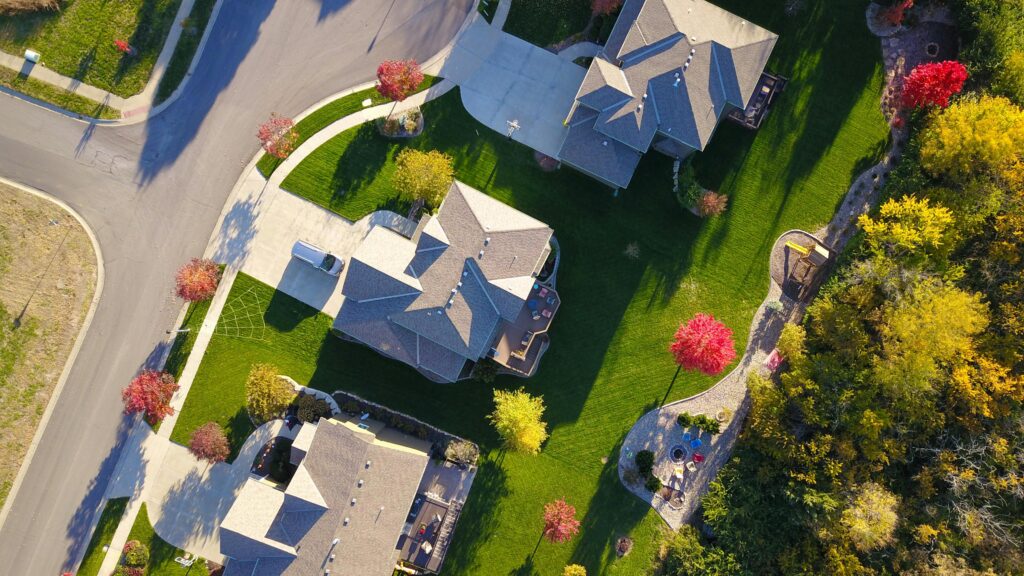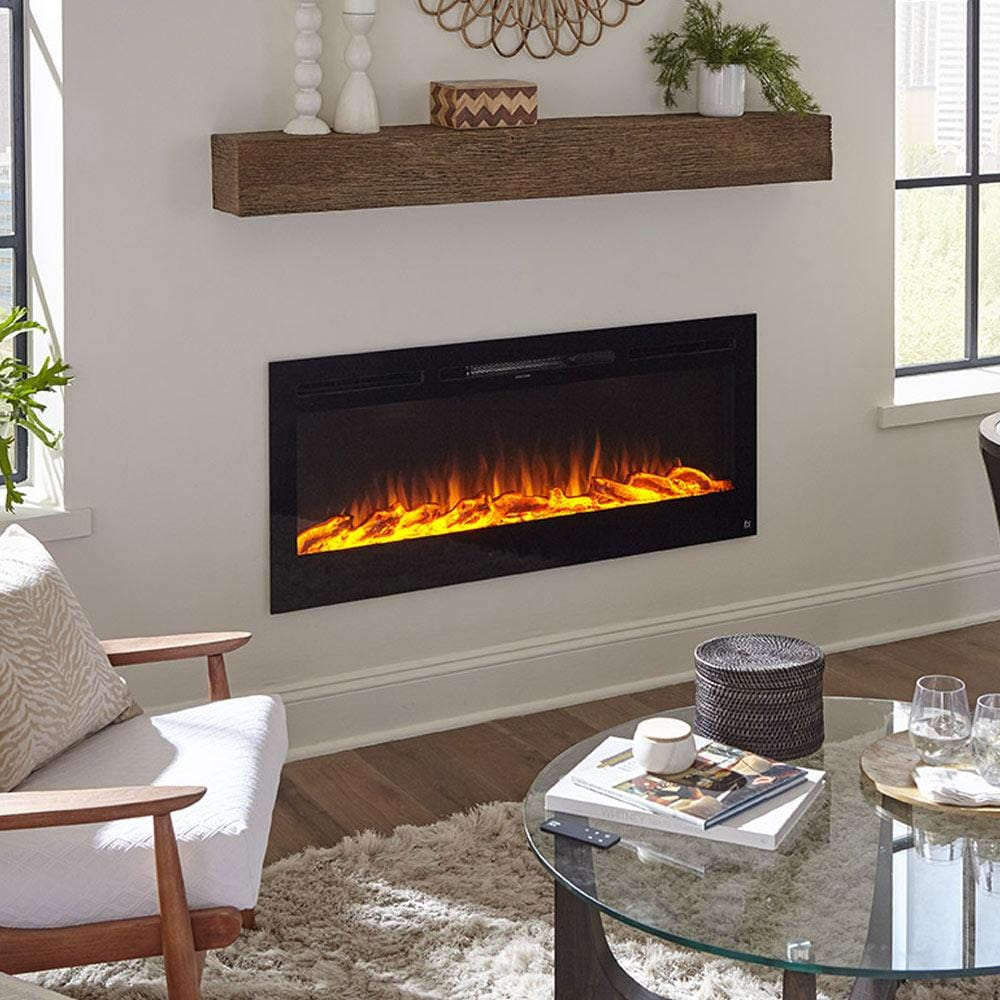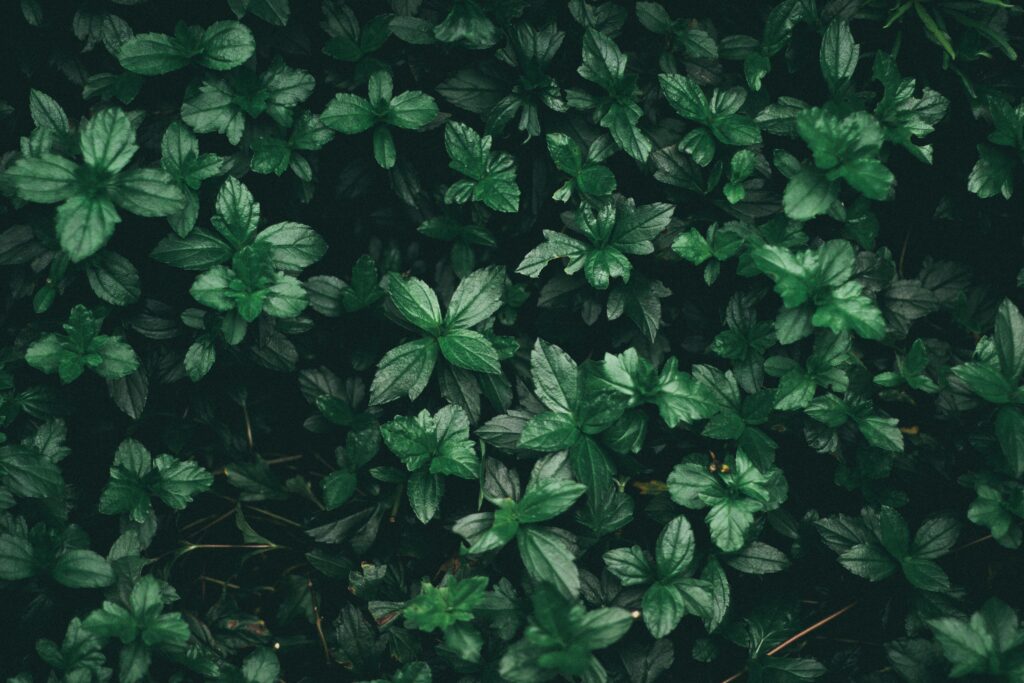I still remember the first time I looked out at the patchy square of grass behind my starter home and dared to imagine something better. The fence leaned like it had given up on privacy, the single maple tree cast the only decent shade, and an aging plastic slide lay on its side like a relic from someone else’s childhood. Yet in my mind, I saw pathways curving through flowers, a fire-pit glowing at twilight, and friends tucked into nooks that felt pulled from travel magazines.
Fast-forward ten years—through mistakes, mid-project pivots, and more trips to the hardware store than I’ll admit—and my backyard has become the most-used “room” in the house. Whether you’re working with postage-stamp turf or acreage, these backyard design principles, projects, and money-saving tips will help you create an outdoor retreat that feels intentional, personal, and entirely doable.
Want Specific Content? – Explore these other posts:

1. Backyard Design – With a Backyard “Audit”
Before you pick up a shovel, spend a day simply observing.
-
- Sun & Shade Mapping
Grab a notebook and note where sunlight falls at breakfast, lunchtime, and late afternoon. Circle the hottest zones in red and the coolest in blue. You’ll use these notes to site seating, gardens, and play areas.
- Sun & Shade Mapping
-
- Traffic Flow
Watch how you naturally walk from door to garage, from grill to table, from compost bin to garden. Good design follows habits rather than forcing new ones.
- Traffic Flow
-
- Existing Assets
Mature tree? Keep it. Slight slope? Perfect for terraced planters. Ugly shed? Maybe that becomes a mural wall. Resist the impulse to clear-cut; work with what’s already beautiful (or at least functional).
- Existing Assets
Personal Lesson: I once removed a supposedly “scraggly” lilac to make space for a patio, only to discover it had been shielding the kitchen window from blazing western sun. The first July without it felt like living inside a toaster. A $40 shade sail patched the mistake, but learning to see assets first would have saved me and the lilac.
2. Define Zones: Room-Style Thinking Outdoors
Just like a house has kitchen, living room, and bedroom, a backyard thrives on clear, purpose-built areas.
| Zone | Purpose | DIY Ideas |
|---|---|---|
| Entry | First impression, storage drop-zone | Arbor gate, gravel path lined with solar stakes |
| Dining | Alfresco meals | Paver patio, picnic table makeover, shade sail |
| Lounge | Relaxation, conversation | DIY pallet sofa, fire-pit circle, outdoor rug |
| Activity | Kids’ play, lawn games | DIY climbing wall against fence, removable badminton net |
| Garden | Edibles or ornamentals | Raised cedar beds, herb spiral, pollinator strip |
| Utility | Compost, tools, bins | Slatted screen walls, vertical storage, vine camouflage |
Design Hack: Use material or height changes (stepping from deck to pea gravel, or planting a low boxwood hedge) to signal a new zone without building walls.
3. Hardscape First: Paths, Patios, and Platforms
Hardscape is the skeleton that supports every future plant and party. It’s also the budget-draining step, so smart sequencing matters.
3.1 Paths
-
- Gravel Walkway: Cheapest and quickest. Excavate 4 inches, lay landscape fabric, add 3 inches of packed crushed gravel, top with 1 inch decorative gravel. Edge with pressure-treated 2 × 4s or steel edging.
-
- Stepping-Stone Ribbon: Perfect for cottage vibes. Lay large pavers or natural flagstone with creeping thyme or clover between.
3.2 Patios & Decks
-
- Concrete Pavers: DIY-friendly because they come uniform. A 10 × 12 ft patio can be laid in a weekend with a rented plate compactor.
-
- Floating Deck: If your ground is uneven, build a low deck on concrete deck blocks. No digging, and you’ll feel like a carpenter rock star by Sunday night.
3.3 Platforms
Thinking of a pergola, hot tub, or container pool? Pour or build the platform now, even if the structure comes later. It’s easier than demoing fresh turf six months on.
Money-Saver: Check local online classifieds for leftover pavers and bricks; many people sell extras cheap or free.
4. DIY Softscape: Planting for Color, Privacy, and Low Maintenance
4.1 The Right Plant in the Right Place
-
- Full-Sun Corners: Opt for drought-tough stars like Russian sage, blanket flower, or ornamental grasses. They forgive neglect.
-
- Shady Walls: Hostas, ferns, and hydrangeas thrive while masking foundation lines.
-
- Vertical Screens: Fast-growing evergreens (arborvitae, Italian cypress) or trellised vines (honeysuckle, star jasmine) create privacy where fences legal height stops short.
4.2 Layering 101
Use a painter’s eye: tall shrubs in back, medium perennials mid-layer, low groundcovers front. Repeat colors (purple salvia, lavender, purple basil) across zones for cohesion.
4.3 Edible Beauty
Integrate edibles into ornamentals—kale among marigolds, strawberries as borders, dwarf fruit trees in planters. Dinner guests love the “yard-to-table” vibe.
Personal Lesson: My first garden was a rectangle of veggies that looked like a farm row. Mixing herbs and flowers not only looked better but invited pollinators and cut down pests.
5. Structures That Wow: Pergolas, Arbors, and Privacy Panels
5.1 DIY Pergola Basics
-
- Materials: Four 6 × 6 posts, doubled 2 × 8 beams, 2 × 6 rafters.
-
- Weekend Work: Day 1 set posts in concrete; Day 2 add beams and rafters; Day 3 stain and string lights.
-
- Add-Ons: Retractable shade cloth, climbing roses, or a hanging chair.
5.2 Arbors & Trellises
Position an arbor at a path entrance for a “come hither” moment. Build from 4 × 4 posts and 2 × 2 crosspieces; paint crisp white or leave cedar natural.
5.3 Privacy Panels
Slatted screens (1 × 6 cedar boards with ½-inch gaps) hide garbage bins or air-conditioning units. Mount on metal posts for modern flair.
6. Water and Fire: Elemental Focal Points
6.1 Fire-Pits
-
- Stone Ring: Dig an 8-inch-deep circle, fill with gravel, stack fire-rated wall blocks.
-
- Gas Table: Upcycle a metal coffee table: cut a centered opening, insert a stainless pan kit, hook to hidden propane tank.
6.2 Water Features
-
- Disappearing Fountain: Submerge a plastic basin, place a grate and river rocks on top, run a small pump that sends water up a bubbler stone.
-
- Stock-Tank Pool: Trendy for a reason. Level ground, add gravel base, plumb with an Intex pump, and wrap in wooden slats for aesthetics.
Safety Note: Local codes may require setbacks and spark arresters—check before you light that first marshmallow.
7. DIY Furniture & Accents
7.1 Pallet Projects
-
- Sectional Sofa: Three pallets high for the back, two for the seat. Sand, stain, top with outdoor cushions.
-
- Coffee Table: Add casters and a clear cedar board top. Instant rustic-chic.
7.2 Concrete Creations
-
- Side Tables: Fill 5-gallon buckets with concrete mix, insert dowel legs, strip bucket once cured.
-
- Planters: DIY forms with melamine boards for sleek-modern cubes.
7.3 Lighting
-
- Mason-Jar Lanterns: Solar lids snap on where metal rings once were; hang from shepherd hooks.
-
- PVC Pipe Lamps: Drill random holes, paint, slip over string-light bulbs for starry patterns.
8. Smart Tech for Lazy Maintenance
-
- Drip Irrigation: A $40 kit plus an outdoor faucet timer waters beds while you sleep in.
-
- Smart Plugs: Schedule bistro lights or pond pumps via phone.
-
- Robot Mower: If budget allows, a Roomba-for-grass frees weekend hours for actual relaxation.
9. Budget Breakdown and Phasing Strategy
| Phase | Big-Ticket Items | Approx. Cost* |
|---|---|---|
| Skeleton | Gravel paths, patio pavers, deck blocks | $900 |
| Structures | Pergola lumber, post mix, hardware | $850 |
| Softscape | Plants, mulch, soil amendments | $600 |
| Focal Points | Fire-pit blocks, fountain kit | $450 |
| Furniture & Décor | Pallet cushions, lights, planters | $300 |
*Prices vary by region; salvaged materials cut costs dramatically.
Phasing Tip: Aim for one major phase per season: Spring hardscape, Summer structures, Fall planting. Winter becomes planning season around a mug of cocoa.
10. Sustainability & Wildlife
-
- Rain Barrels: Capture roof runoff for beds; many cities offer rebates.
-
- Native Plants: Lower water use and feed local bees and butterflies.
-
- Compost Corner: Pallets or wire fencing create breathable bins; produce free soil amendment.
My once-anemic yard now hosts monarch caterpillars and hummingbirds—free entertainment and ecological brownie points.
11. Troubleshooting Common Pitfalls
| Problem | Likely Cause | Quick Fix |
|---|---|---|
| Plants wilt by noon | Wrong light requirement | Transplant to partial shade, add mulch |
| Patio puddles | Improper slope (<1 in per 8 ft) | Lift pavers, re-grade with sand |
| String lights sag | Insufficient support distance | Add midpoint pole or tension wire |
| Budget blown | Scope creep | Pause, prioritize one zone at a time |
12. The Finishing Touch: Personal Storytelling
Great backyards feel curated, not catalog-bought. Anchor décor in your life:
-
- Travel Souvenirs: Hang a Moroccan lantern you bargained for in Fez.
-
- Family Heirlooms: My grandpa’s cast-iron kettle became a flower pot.
-
- Kids’ Art: Seal their hand-painted stepping stones; they’ll grin every time they hop across.
These layers turn space into story.
Final Reflection
Designing a backyard isn’t about mimicking a magazine spread; it’s about crafting a living backdrop for everyday moments—the morning coffee under your new pergola, impromptu dance parties on the paver patio, or the quiet joy of spotting a goldfinch on the sunflower you planted.
If you take nothing else from this 2,500-word manifesto, remember:
-
- Observe first, build second.
-
- Layer zones like rooms.
-
- Phase projects, honor budget.
-
- Let personality lead, not trends.
One year from today, future-you might look out a different window—onto a yard alive with purpose, comfort, and character—and smile at the beginner who dared to start. That beginner is you, right now, shovel in hand. Dig in; the ultimate DIY backyard awaits.


